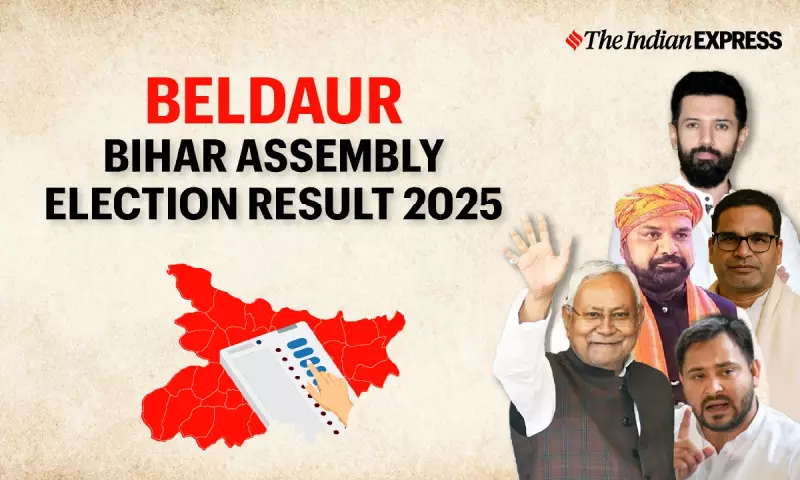
The political landscape of Beldaur Assembly constituency in Bihar witnessed another significant electoral battle during the 2025 state assembly elections. Voters in this crucial constituency participated in the democratic process on November 06, 2025, as part of the broader Bihar legislative assembly elections that spanned across two phases.
Key Candidates in the Fray
Several prominent candidates contested for the Beldaur seat, representing diverse political parties and ideologies. The ruling JD(U) fielded Panna Lal Singh Patel, who aimed to defend his position after securing victory in the previous assembly elections. The Indian National Congress (INC) nominated Mithilesh Kumar Nishad, while the Jan Suraaj Party put forward Gajendra Kumar Singh as their candidate.
Other notable contenders included Ajay Kumar from Rashtriya Jansambhavna Party, Atal Bihari representing GaribJanta Party Loktantrik, and Vidya Nand Yadav from BSP. The constituency also saw independent candidates including Dr. Ravi Kumar, Randhir Kesari, and Shiv Narayan Singh trying their electoral fortunes.
Historical Context and Previous Performance
In the last Assembly elections, JD(U)'s Panna Lal Singh Patel secured victory by a margin of 5108 votes. The Congress candidate Chandan Kumar, also known as Dr. Chandan Yadav, finished as runner-up with 51,433 votes. This historical context set the stage for an intense electoral battle in 2025.
Patel has maintained a stronghold in Beldaur constituency, having won the seat in three consecutive elections - 2010, 2015, and 2020. His consistent performance established him as a formidable force in the region's political arena.
Bihar's Electoral Landscape
The 2025 Bihar assembly elections covered all 243 Vidhan Sabha seats, with voting conducted in two phases on November 06 and November 11, 2025. The state witnessed a voter turnout of 57.3%, showing a slight increase compared to the 2020 elections.
The electoral battle primarily featured two major alliances - the RJD-led Mahagathbandhan and the NDA coalition comprising JD(U), BJP, and other partners. These regional alliances competed fiercely for political dominance in the state, with Beldaur constituency emerging as one of the key battlegrounds.
Candidate Profiles and Background
The financial and educational backgrounds of candidates revealed interesting insights into the contest. JD(U)'s Panna Lal Singh Patel, aged 76, declared assets worth Rs 97.85 lakh with liabilities of Rs 1.80 lakh. His educational qualification stands at 10th pass level.
Congress candidate Mithilesh Kumar Nishad, aged 47, possessed assets valued at Rs 1.10 crore with liabilities of Rs 55,000. He holds a graduate degree but faced four criminal cases according to election affidavits.
Jan Suraaj Party's Gajendra Kumar Singh, aged 40, reported assets worth Rs 2.03 crore with liabilities of Rs 17.10 lakh. The post-graduate educated candidate faced one criminal case.
Other candidates presented varied profiles, from Sunita Sharma of Rashtriya Lok Janshakti Party who identified as literate, to Tanisha Bharti of Indian Inclusive Party with assets worth Rs 39.49 lakh but significant liabilities of Rs 1.23 crore.
Electoral Significance and Regional Impact
Beldaur constituency forms part of the larger political dynamics in Bihar, where regional parties have traditionally played a crucial role. The outcome in Beldaur was closely watched as an indicator of JD(U)'s continuing influence in the region and the effectiveness of their grassroots organization.
The constituency's results also reflected the broader trends in Bihar politics, particularly the competition between established regional players and emerging political forces like the Jan Suraaj Party. The electoral battle demonstrated the evolving nature of political alliances and voter preferences in the state.
As counting commenced across Bihar's 243 assembly constituencies, political observers and citizens alike awaited the final results that would determine the state's political direction for the next five years. The Beldaur constituency results formed an integral part of this larger democratic exercise shaping Bihar's governance and development trajectory.





